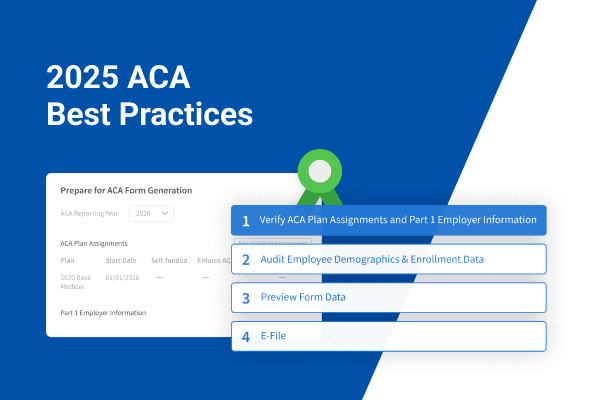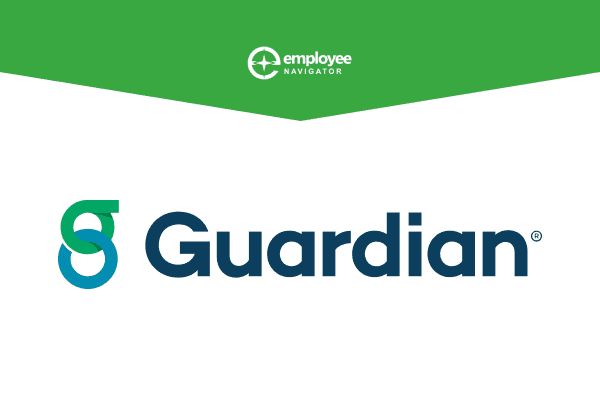Passive vs. Active Enrollment – Why an Active Enrollment is the Only Real Option

Years ago, Employee Navigator wrote software to re-enroll employees in their benefits (passive enrollment) to make life easier for employees and HR. Today, more and more companies are using this as an alternative to an “active” enrollment which requires each employee to complete an enrollment each year. While there are a few advantages to passive enrollment, namely HR does not have to wrangle employees to complete open enrollment, the positives of an “active enrollment” (requiring each employee to enroll in their benefits annually) far outweigh any negatives. Employee Navigator believes passive enrollment should only be used as a last resort. Here’s a few key considerations for brokers and HR managers:
- Insurance is one of the most important aspects to an employee’s financial wellness: Family situations are constantly changing and for employees who may live paycheck to paycheck, enrolling in the right benefits can ensure employees are focused more on their job and spend less time worrying about their finances.
- The auto drop of dependents by passive enrollment often surprises employees: Each benefit has its own unique eligibility, and an active open enrollment informs employees of a pending loss of coverage so they can take the necessary actions before a claim is incurred.
- Employees who have had a life event need some education: Employees who have recently had a baby, gotten married or divorced, or had some type of life event should take some time to learn about how the life event impacts their payroll deductions and/or benefits.
- The enrollment process reminds employees of the value of benefits as part of their total compensation: Companies spend thousands of dollars each year on benefits and requiring employees to walk through open enrollment is just another opportunity to reinforce this value.
- “Active” enrollment improves awareness since many benefits go unused: More often than not, employees who are enrolled in benefits do not take full advantage of the programs, and having each employee walk through their elections is a great way to improve awareness.
- Pre-tax elections should be reviewed each year: Whether it is a healthcare spending account, day care account (DCA), or Health Savings Account (HSA), employees should evaluate their elections annually since expenses can vary significantly from year to year.
- Support the retention of employees by requiring active enrollment: One of the top reasons employees leave a company is due to benefits. An active enrollment is the perfect opportunity for company to “advertise” their investment in employees.
- Prevent employee mistakes which often come up after it’s too late by avoiding passive enrollment: By making a passive enrollment decision on behalf of an employee, HR risks shocking an employee at the time of care because the employee didn’t take the opportunity to educate themselves on their coverage during the active open enrollment period.
- Not requiring active enrollment increases liability: Questions and concerns will arise about deductibles, claims, and coverage when employees aren’t educated on their benefits. Brokers can limit discrepancies and E&O claims by providing proof of enrollment by the employee.
- When we ask CEO’s, they want employees to go through active enrollment: Whether it is reducing corporate liabilities, communicating the value of company benefits, or improving employee retention, the positives far outweigh any negatives.
- Not requiring active enrollment limits broker income: Employee Navigator has invested heavily in helping brokers and companies offer a comprehensive set of benefits. If you add a new benefit and don’t require employees to go through the enrollment process, not only do you limit your income, but you may also jeopardize the plan if the participation requirements are not met.
Doing what’s right and in the best interest of employees
Yes, we understand there are instances where passive enrollment has its place, but it should be used as an exception, not the rule. Our passive enrollment software is highly complex and depends on users correctly programming the software, and while it may be a nuisance to bug a few employees to complete their enrollment, all parties are better off when they do. As employees become educated on their benefits and coverage, mistakes are reduced, employees are happier, productivity increases, participation goes up, wellness improves, and rates go down. There’s nothing to lose and everything to gain.
Here’s a sample messaging from HR
“Our company invests in providing world class benefits for our employees, and we encourage them to spend some time to understand our menu of benefits. As part of our Open Enrollment, we have made available extensive resources to help guide you through the annual election process. [Company] also provides a comprehensive set of voluntary benefits and we highly recommend each employee take time to educate themselves on the advantages of each plan to determine if it is a right fit for you and/or your family. We strongly advise employees whose family may have grown or shrunk this past year, or if you have a child in college, to carefully review each plan since the eligibility for your dependents may have changed.”
Employee Navigator tries to encourage better outcomes. We are confident the benefits of spending 15 minutes enrolling in benefits far outweighs any lost productivity.


